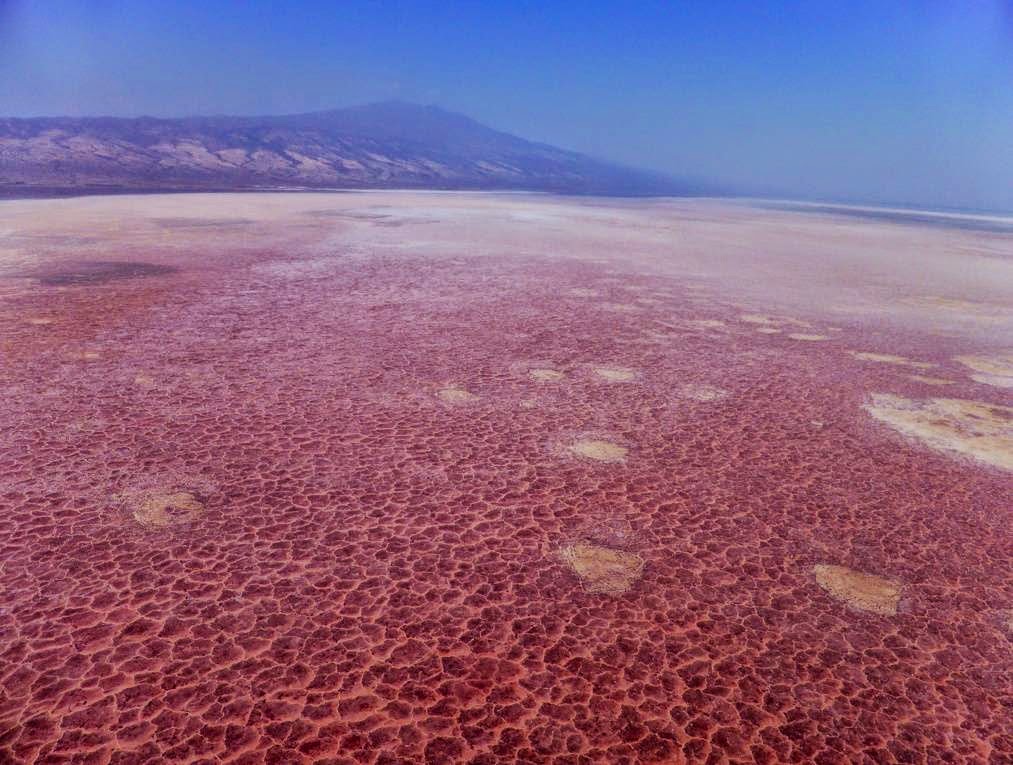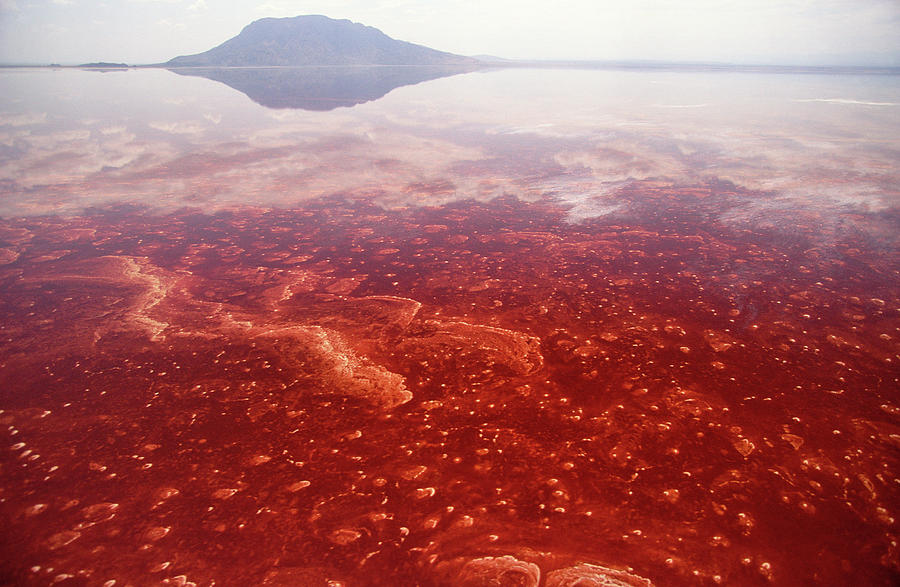

The authors, all of whom are leading international experts, summarize research done so far, highlight new and important findings, and provide future outlooks. It covers the full range of issues, from the lakes’ origin and history, life in and around these unique water bodies, to utilization, threats and management considerations. This book is devoted to the alkaline-saline lakes of East Africa, which include the world-famous “flamingo lakes”. These environments must be preserved for future generations. These unusual ecosystems must be protected (1) because they are ‘hot spots’ of haloalkaliphiles and rich genetic pools that might soon be tapped for biotechnological applications, and (2) for their exceptional natural environments, threatened increasingly by anthropogenic intervention. A few lakes have long been commercially exploited but are ecologically damaged others are threatened because of their potential mineral resources and changing land use in their drainage basins, including siltation and pollution from both agricultural and industrial sources. Some saline alkaline lakes provide economic resources, for both tourism (‘flamingo lakes’) and industry. These closed lakes are highly sensitive ecosystems, and many experience the impacts of climate change. Again, that’s part of the lake’s allure.Saline alkaline lakes are the focus of this book, but how do they form and how do they differ from freshwater lakes? We provide a brief introduction to soda lakes, their origin and their inhabitants, many of which are extremophiles. While Lake Natron is not particularly hospitable, the freshwater wetlands around its edges are far more welcoming to a variety of life. That being said, what life does manage to carve out an existence there makes it a key environment. It is an incredibly important wetland region that isn’t exactly teeming with wildlife due to its high temperatures and dangerous waters. Located in the Arusha Region of the African country of Tanzania, this body of water is part of the larger Lake Natron Basin. (Photo by Marcus Valance/SOPA Images/LightRocket via Getty Images) It is the only wildlife sanctuary in Tanzania bordering the sea.

It has an area of 1062 km2 and was officially gazetted in 2005, from a game reserve which had existed from 1969. Saadani National Park is Tanzania’s 13th National Park.

DAR ES SALAAM, SAADANI, TANZANIA – 1: A Baobab Tree stands alone in an area cleared of forest with a tractor parked next to it showing the incredible magnitude of the indigenous tree at Saadani National Park.


 0 kommentar(er)
0 kommentar(er)
